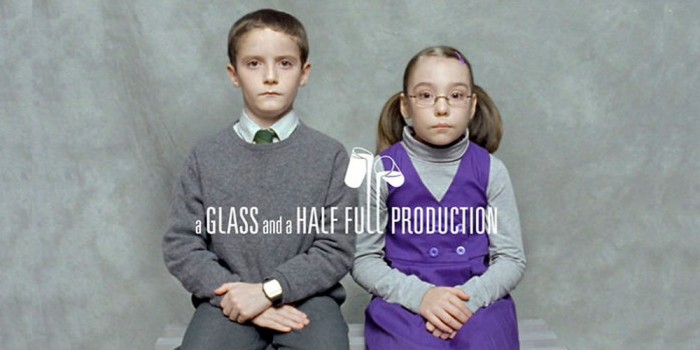Learning from Bus Buddhists
In psychological terms, context is almost everything. Much as we like to think that we know how we will act and react in a given situation, without the richness of...
Cadburys Eyebrow Ad

I suspect many people will find this ad from Cadburys hard not to watch, appealing as it does to whatever morkish sense of curiousity causes people to slow down and stare at the scenes of car accidents and, in years gone by, flock to circus freak shows.
But does that make it a good ad?
There’s no denying that getting your advertising noticed is increasingly difficult. Viewing is fragmented and people skip from channel to channel during ad breaks. In part this is a problem of advertising effectiveness measurement; most companies use consumer research to track measures like top of mind awareness, advertising awareness and recall of key messages.
Many include a prompted measure, where respondents are shown a still from an ad and asked if they recall seeing it and, if so, what it was advertising.
Unfortunately, as is the way with almost all consumer research, this is measuring conscious awareness and impact.
There’s growing evidence that unconscious awareness is sufficient to increase the desire for and appeal of your product. But, as is often the case, the convenience of quantitative research, and it’s appeal to our own deluded sense of being conscious creatures, means the survey data arrives and is taken as an indication of success.
So this ad will score well on the flawed measures being used to rate its effectiveness, but I doubt it will increase sales.
Why do I say that?
Well, according to a report in Marketing, the most prominent previous execution in this campaign didn’t increase sales.
And that ad, featuring a gorilla playing the drums, was far more likeable than this one (although similarly flawed in other regards).
The problem with these ads is that they fail to create relevant associations for the product.
The unconscious mind works on the basis of associations. It needs to link things to other things and then to our fundamental psychological desires. This ad is tremendously appealing to our desire for curiousity. It’s almost impossible to stop watching it.
But that curiosity has nothing to do with the product, which has been around in the same form forever. If I see the product on the shelf it won’t stimulate my innate desire to acquire knowledge, and if it does (because of the association from the ad) it has no chance of satisfying it – it will, after all, just be the chocolate bar I’ve known all along.
In the end, all the ad can do is remind me that this particular brand of chocolate bar exists, which might be sufficient for me to buy it next time I’m in the mood for chocolate, but it’s not giving any deeper unconscious promise (at least not that it can fulfil).
The ad does make use of the distinctive purple colour associated with the brand (and with the cigarette brand Silk Cut who may benefit more from this ad than Cadburys as a result).
This may trigger past consumption associations with the product, but there is an unconscious conflict created between these and the new (and irrelevant) associations being triggered by our curiosity about the freaky children in the ad.